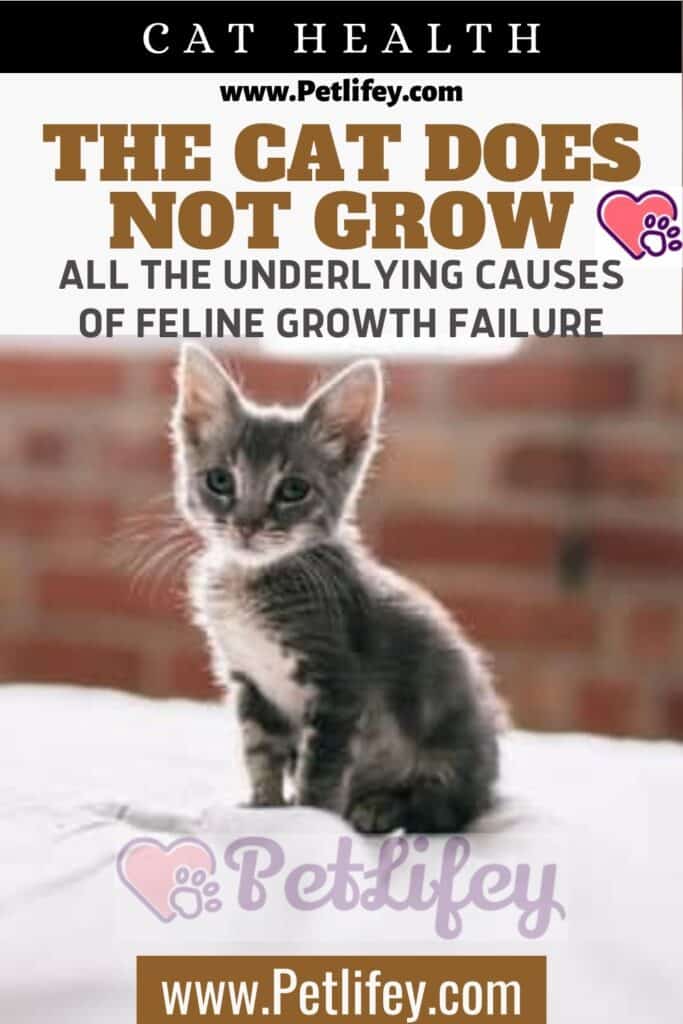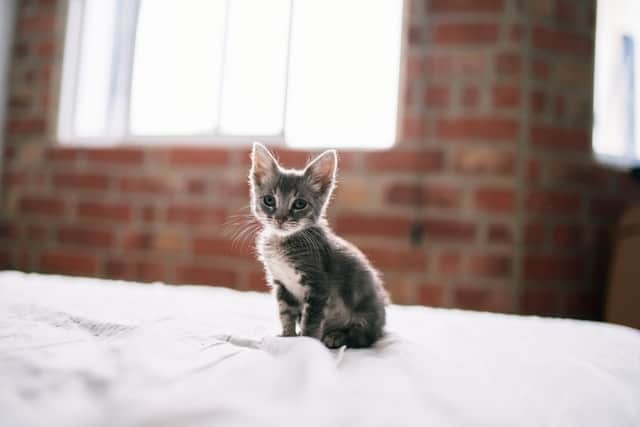
The idea of always having puppies in your hands can also be romantic, but health problems often hide when a cat is not growing: here they are all.
Puppies and cuddles: who wouldn’t want to always have them like this? But cats grow, indeed they should grow. If not, there is certainly something wrong. It is important to investigate the matter and to know all the problems that can prevent a kitten from growing and not reaching the size ‘expected’ by its breed. But how long should a cat grow and what can we do to not stop this important growth process? Everything you need to know about feline growth and why cats don’t grow.
How much should a cat grow
One of the constant concerns of every pet owner is the growth of their four-legged friend, and more. If the cat does not grow it is certainly due to some problem, since one of the constants in the growth of a feline is its rapid growth: in a year it can increase by several kg and obviously its size also changes. Obviously, they have a fundamental importance: nutrition, treatment and prevention of some diseases that affect your health. The right nutritional intake will ensure that your bones and muscles develop properly.
Exactly as it happens for little humans, cats grow quite quickly: this is true in general but it is always better to rely on the opinion of an expert since each feline is a specific case. In principle, we can say that a cat reaches its ‘final size’ between 6 and 12 months of life, if fed and cared for correctly. But even in the feline world there are exceptions, such as the Maine Coon, whose growth never seems to stop, even up to 5 years of age.
The cat does not grow: what affects its growth

If a cat does not grow, it is because it has ‘shortcomings’ of various kinds. Let’s see what are the possible causes that affect its growth or not.
- Genetics: DNA is essential in the growth of the feline. But how do you know how much a cat should grow? Just look, if possible, at his parents and make a sort of ‘estimate’. Of course, even the breed to which it belongs can give us very useful information in this regard: we have already mentioned the Maine Coon that grows up to 5 years of age. Some recommend watching for paw growth, just like you do with dogs, but that can’t be a reliable gauge.
- Nutrition: the nutritional supply to be given to our kittens is important for the development of bones and muscles. Generally their weight, depending on the breed, will fluctuate between 4.5 kg and 9 kg. So what to feed them to ensure that they grow up healthily and correctly? Meat! In fact, the image of the kitten drinking from the bowl of milk could lead one to think the opposite: cats are carnivores and predators. So even the smallest of kittens has the hunting instinct and feeds on the animal he managed to capture. This does not mean, however, that they do not also need feed that we can easily find in pet shops, perhaps to be integrated with their usual baby food. A wrong diet for the cat can affect its growth and even stop it. The important thing is that your daily food intake contains at least 70% meat and is grain-free.
- Family history: in particular, the conditions of the mother must be considered. Especially if it is a cat found in the street, malnourished and with possible diseases, even her kittens could have repercussions on their state of health. In particular, kittens will be able to grow thin or with intestinal parasites: it is better to consult the opinion of an expert and bring the cat to visit.
- Diseases: there are several pathologies that affect the growth of the cat until it stops completely, including distemper and feline leukemia.
- Dwarfism: this could also be one of the causes, albeit rare, of failure of the feline to grow.






